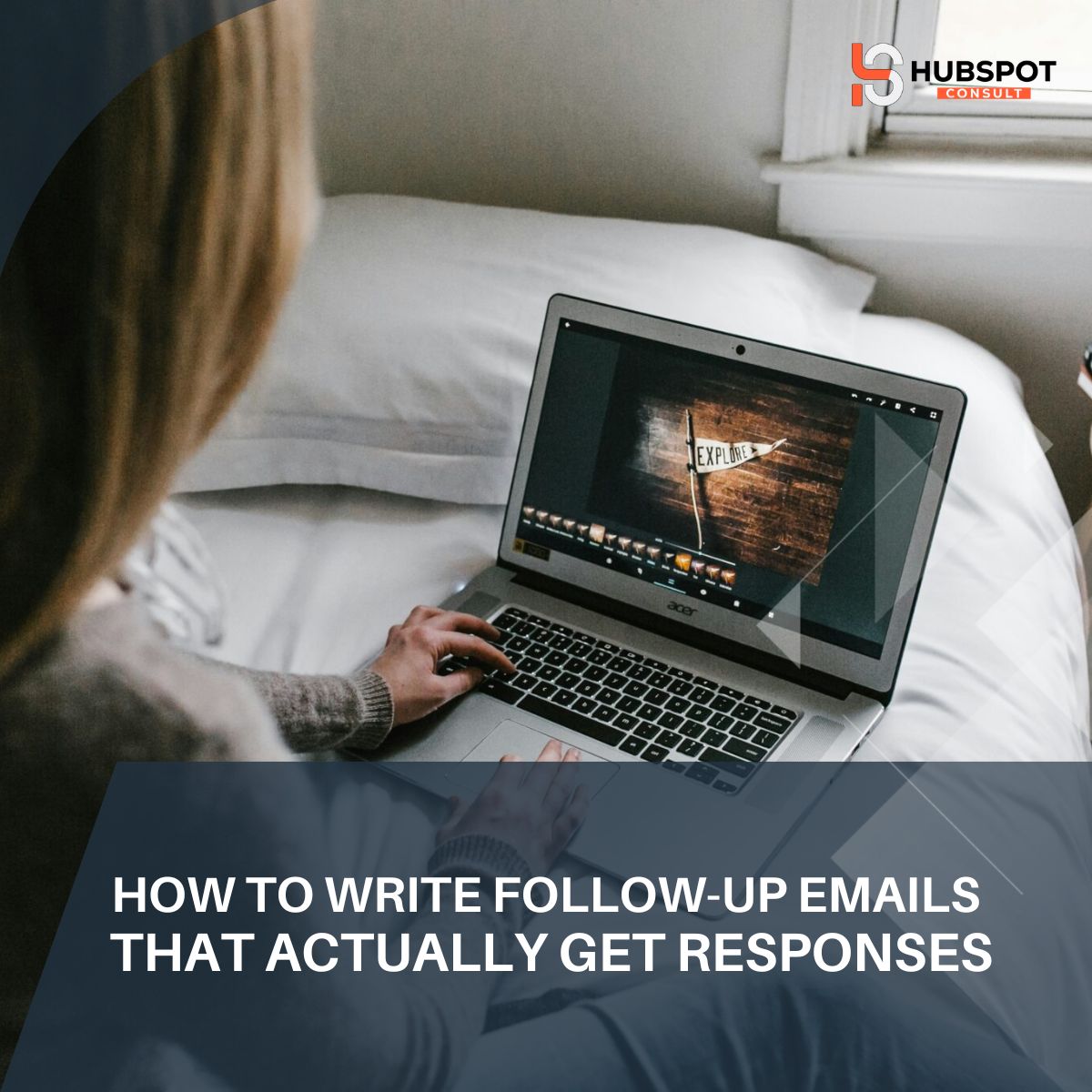Follow-up emails are essential for keeping conversations moving forward, but they often feel repetitive and ineffective. Instead of using the standard “just checking in” approach, a well-crafted follow-up email should be purposeful, personalized, and valuable to the recipient. Research shows that emails with a clear reason for reaching out see up to 50% higher response rates.
In this guide, we’ll explore how to write follow-up emails that engage your prospects and increase response rates.
Key Elements of an Effective Follow-Up Email
1. Reference the Previous Conversation
Start by reminding the recipient about your last interaction. This helps establish context and keeps your message relevant.
Example: “Hi [Prospect’s Name], I enjoyed our conversation last week about [specific topic]. I wanted to follow up with some additional insights that may be helpful as you work on [mention relevant project or goal].”
2. Provide Value with New Information
A strong follow-up email should offer something useful—such as a case study, industry report, or relevant article—rather than just asking for an update.
Example: “I thought you’d find our latest insights on [industry trend] useful as you refine your strategy. Here’s a quick read that may offer some new perspectives: [insert link].”
3. Use a Conversational and Friendly Tone
Your email should feel natural and engaging, not robotic or overly formal. Keep it professional yet personable.
Example: “I hope you had a great weekend! Just wanted to share something interesting that might align with your goals.”
4. End with a Low-Pressure Call to Action
Instead of asking outright for a meeting, provide an easy way for them to respond without feeling pressured.
Examples:
- “Would it be helpful if I shared a short demo?”
- “Would you be interested in hearing about similar success stories from companies like yours?”
This approach keeps the conversation open and makes it easier for the prospect to engage.
How HubSpot Can Help with Follow-Ups
HubSpot’s follow-up tools allow you to:
- Set reminders to ensure you never miss a follow-up.
- Customize email templates for different stages of your sales process.
- Track engagement to see who opens and responds to your emails.
With these tools, you can maintain a steady follow-up rhythm while keeping each message personalized and relevant.
Conclusion
A well-crafted follow-up email builds on previous conversations, provides value, and includes a clear yet low-pressure call to action. By using HubSpot’s follow-up tools, you can automate and optimize your email outreach while maintaining a personal touch.
Start implementing these best practices today, and watch your response rates improve!

